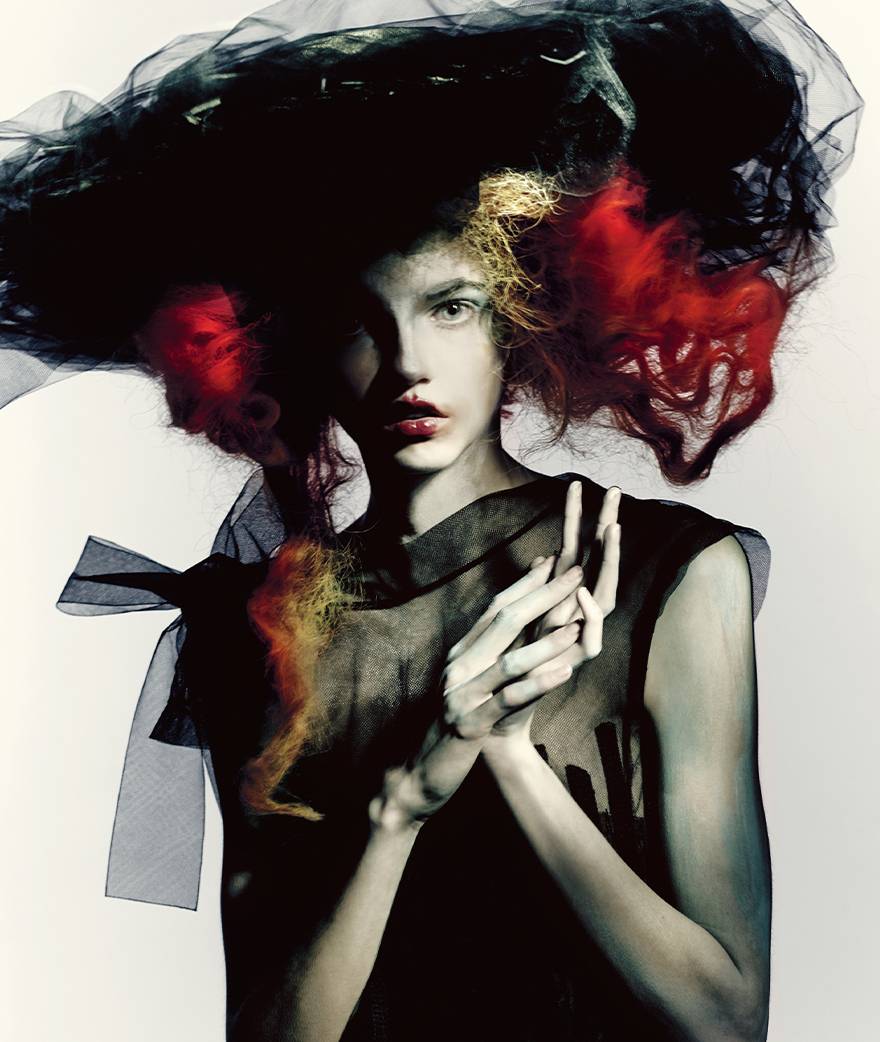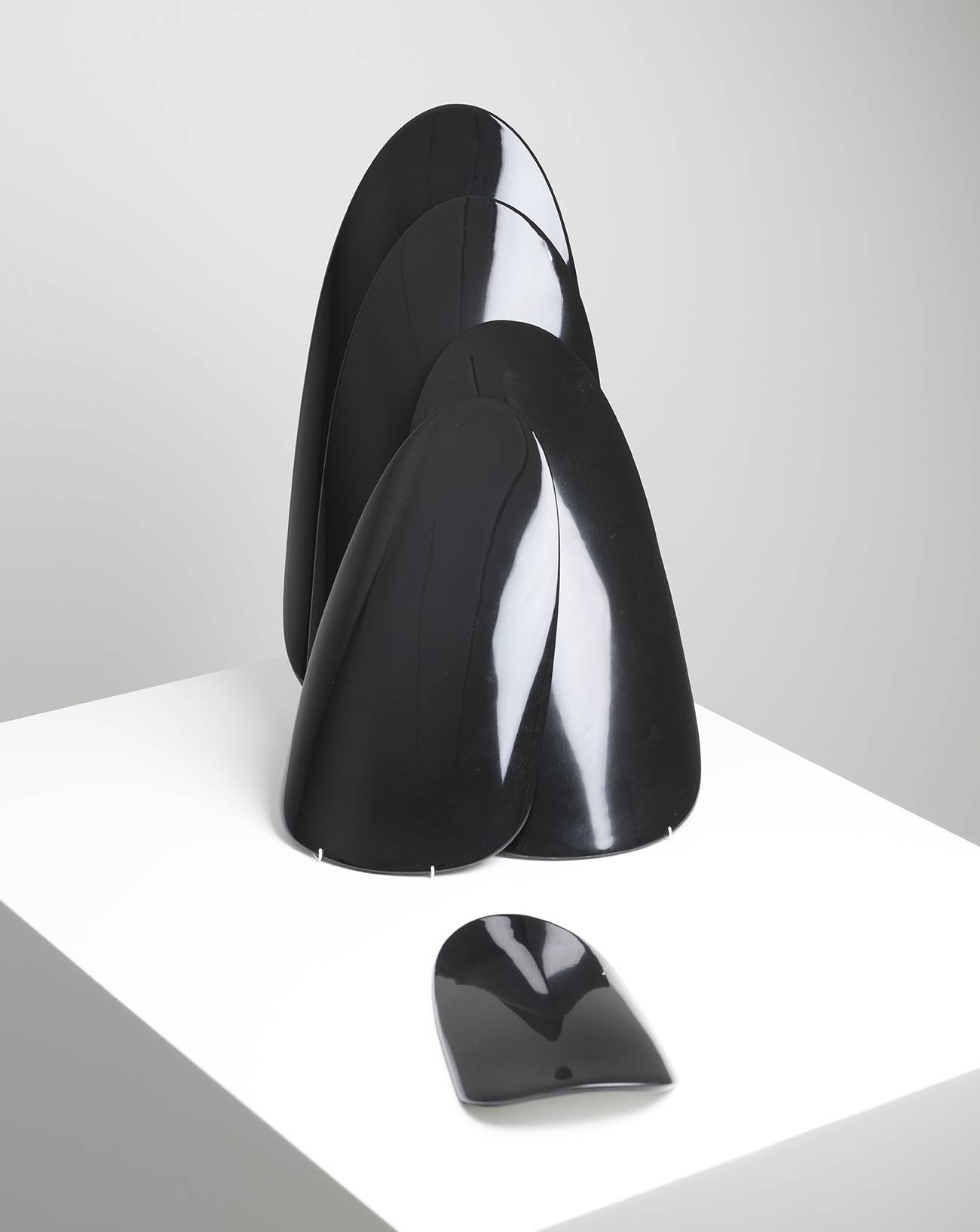© Thierry Bal et © Zineb Sedira
Internationally acclaimed, Zineb Sedira is the fourth woman and the first French artist with an immigrant background to represent France at the 59th Venice Biennale. Born in 1963 in France, she grew up with her Algerian parents in Gennevilliers nearby Paris. She then moved to London in 1986, where she now lives. France, Algeria, the United Kingdom: three countries divided by the sea but aligned on the same geographical focus. Together, they form a pluralistic identity from which the artist’s polyphonic, sensitive, and committed work stems. Documentary fiction fuses with poetical lyricism in her aesthetics since her debuts in the 1990s. The education she received at Central Saint Martins College of Art and Design and at Slade School of Fine Art in London played a decisive role in her thinking process and artistic approach. Video eventually became her preferred medium. Parallel to studying filmmaking, she discovered postcolonial studies, a growing field of research in the United Kingdom at the time. It raised her awareness about her own Africanity and sense of belonging to both a continent and a country.
Her parents left Algeria to settle in France a year before she was born, in the wake of Independence. The relation with her home country was the result of a remote process, kept alive by the family feeling and the memory of her childhood’s travels to Algeria. Since then, Zineb Sedira has been searching for the reappropriation of her family heritage and the reconnection to a space she knows little about because she has never lived there. Therefore, Algeria stands as the guiding principle of her work, as a fertile inspiration and object of perpetual thinking that the artist explores in a variety of approaches and art forms, such as videos, photographs, films, installations, and more recently, objects and sculptures. Exploring the paradoxes and intersections of her identity as a London-based Franco-Algerian artist, Zineb Sedira draws the material of her first videos from her family narrative and personal journey. She started out staging herself alone, then included members of her immediate family, such as her mother, her father, or her daughter, before adding external protagonists. This collaborative principle of dialogue and sharing at the heart of her creative process is in constant evolution. It finds its preferred means of expression in the Aria Foundation, a residency program that shines a light on exchanges between Algeria and the rest of the world, designed by art curator Yasmina Reggad in Alger in 2012.


Between the years 2004 and 2005, after a ten-year-long absence caused by the “Black Decade”, Zineb Sedira embarked on a journey in Algeria that would mark an important milestone in her artistic evolution. As she travelled around the country to meet with the local populations and enjoy the landscapes, she discovered more about Algerian architecture, music, literature, cinema, and developed a new approach to her art – a universal dimension, free from the family narrative. For the first time, she captured images on the spot that were more complex and less understated than before. A long process of doing research, diving into the archives, and gathering documents, like texts, testimonies, photographs, or objects, is at the core of Zineb Sedira’s new modus operandi. Interpreting the vestiges of the past in the present, preserving the collective memory for future generations, reviving events that one didn’t live through, digging up the unsaid, the grey areas, the historical amnesias… here is what at stake for this modern storyteller.


Although the personal still infuses her stories, the artist broadens her field of investigation to the Algerian political, cultural, and social history, from recent events to colonial heritage, migrations, and sociopolitical mutations. She nurtures a keen interest for the 1960s, a decade well-known for the African liberation. movements and creative thrill that constitute the golden era of militantism, especially as far as cinematography is concerned. With her new favorite medium Zineb Sedira focuses on alterity, solidarity, and hospitality – many prevailing values that live through her project for the French pavilion. Video grew on her over time. As a child, her father used to take her to the cinema in Gennevilliers to watch her first peplum films and Spaghetti Westerns, hence her long-lasting appeal to the seventh art. In Les rêves n’ont pas de titre (2022), Zineb Sedira highlights the ties that unite the history of three major cinematographic avant-garde centres during the 1960s and the 1970s – Venice, Alger, and Paris – where many successful co-productions were born.movements and creative thrill that constitute the golden era of militantism, especially as far as cinematography is concerned. With her new favorite medium Zineb Sedira focuses on alterity, solidarity, and hospitality – many prevailing values that live through her project for the French pavilion. Video grew on her over time. As a child, her father used to take her to the cinema in Gennevilliers to watch her first peplum films and Spaghetti Westerns, hence her long-lasting appeal to the seventh art. In Les rêves n’ont pas de titre (2022), Zineb Sedira highlights the ties that unite the history of three major cinematographic avant-garde centres during the 1960s and the 1970s – Venice, Alger, and Paris – where many successful co-productions were born.
Zineb Zedira, “Les rêves n'ont pas de titre”, from April 23rd to November 27th at the French pavilion of the Venice Biennale.















